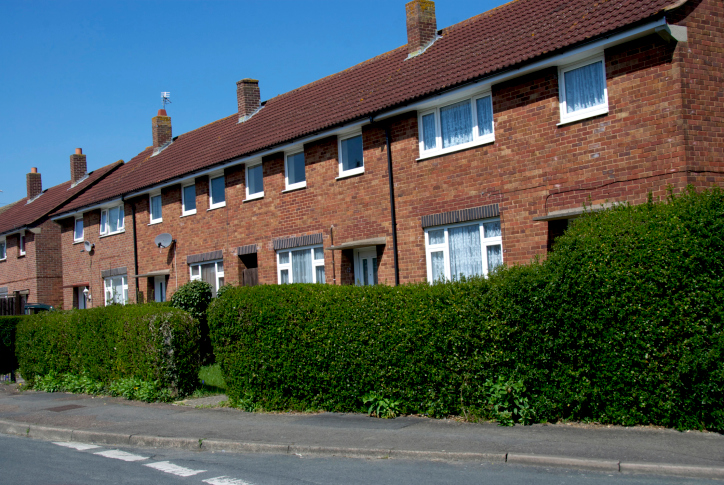 House prices fell by 0.2% between July and August, according to the Halifax.
House prices fell by 0.2% between July and August, according to the Halifax.
This is the smallest of the four monthly falls so far this year. However, the quarterly change is a more reliable indicator of the underlying trend.
In the three months from June to August house prices rose by 0.7% from the previous three months (March-May). This compared with 1.5% in July and is the lowest quarterly rate since December 2014 (0.5%).
The quarterly rate of increase has been on a downward trend over the past six months since peaking at 3% in February.
On an annual basis, prices in the three months to August were 6.9% higher than in the same three months a year earlier. This was down from 8.4% in July, continuing the downward trend since March when the annual rate reached 10%.
August’s 6.9% is the lowest yearly growth rate since October 2013 (6.9%).
Home sales
HMRC figures show that home sales fell by 1% between June and July following successive increases in the two preceding months. Sales have been heavily distorted in recent months by the introduction in April of higher stamp duty tax rates for buy-to-let and second homes.
The Royal Institution of Chartered Surveyors’ (RICS) reported that new instructions to sell homes fall again, declining for the fifth successive month in July. This contributed to a further drop in the stock of homes available for sales, which remains close to record low levels.
Mortgages
Mortgage approvals were down for the second consecutive month and the stamp duty change has also affected mortgage approvals since early in the year.
The volume of mortgage approvals for house purchases – a leading indicator of completed house sales – fell by 5% between June and July. Approvals, at 60,912, were the lowest since January 2015, according to Bank of England data.
Comment
Commenting on the figures, founder and CEO of eMoov.co.uk, Russell Quirk, said: “Although on the face of it, this may seem like validation of the Brexit inspired Blues that have plagued the media over recent months, this decrease is nothing more than a seasonal adjustment due to the slower pace of the market during the summer months.
“It may seem like Britain’s decision to leave the EU is starting to take its toll on the UK property market, but in reality, the timing of the referendum vote is just coincidental with the type of market movement traditionally experienced during July and August.
“The annual change provides us with a much clearer diagnosis of the current market and shows that prices are still up 6.9% when compared to August last year. This annual calculation is based on the last three months of data when compared to the same three months of 2015, which provides a more honest portrayal of the underlying condition of the market and adjusts for any short term fluctuations such as this marginal month to month drop.”




